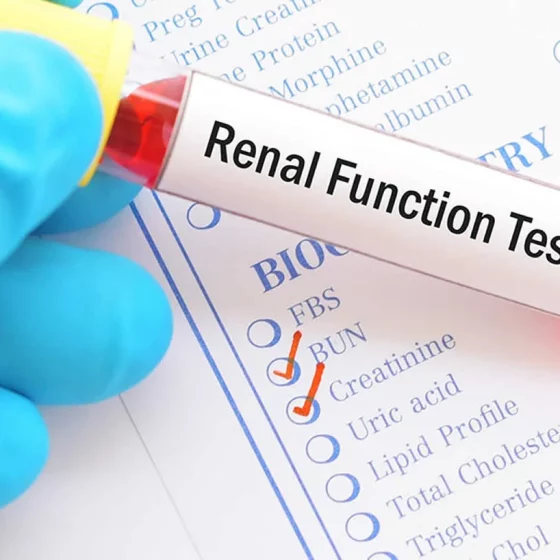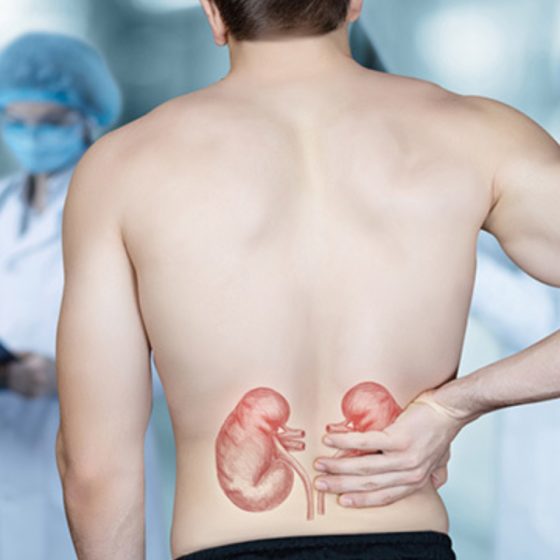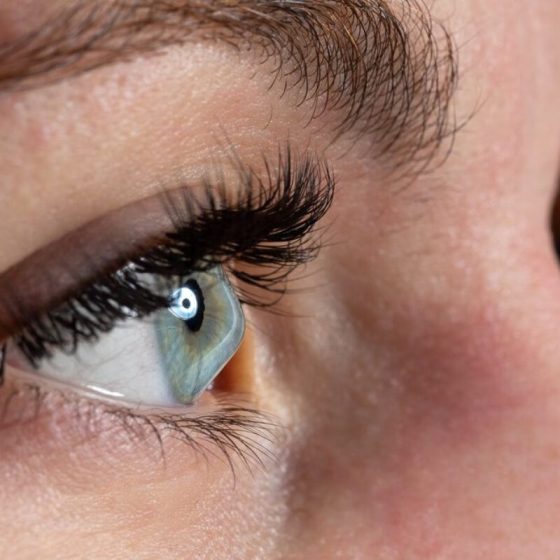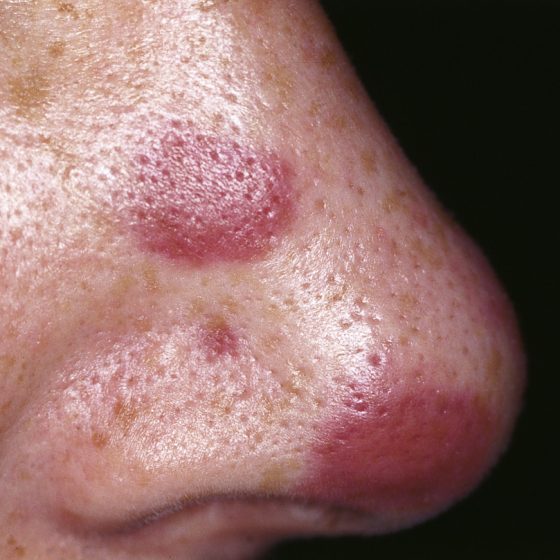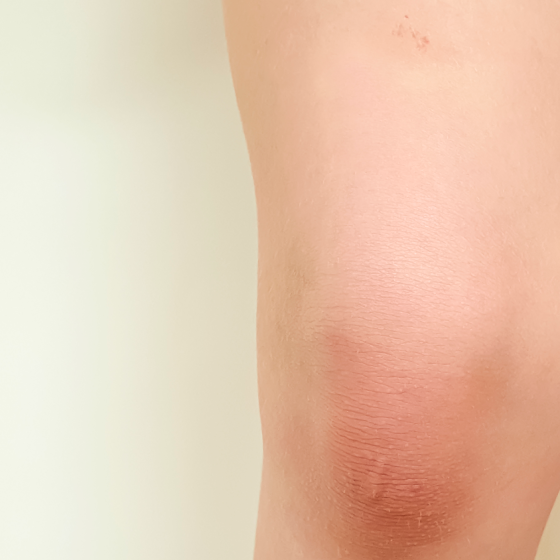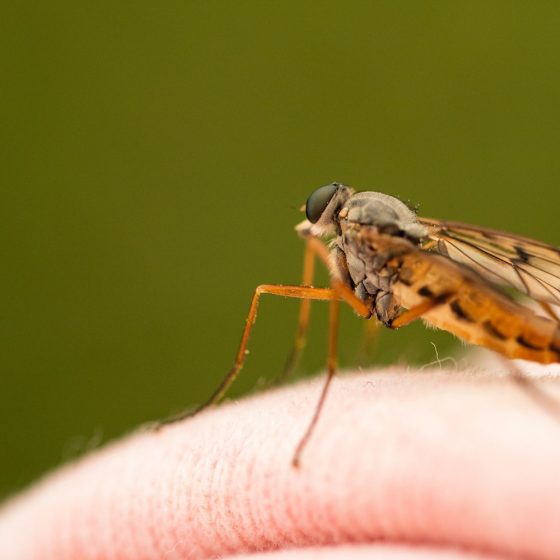Kids and mental health
Are you concerned about the mental health of your child or a child you know? Or are you a kid looking for help? Find out what some common mental health issues in kids are, why good mental health is important for children and what can be done to help. Why is kids’ mental health important? Having good mental health is key to the healthy development and wellbeing of every child. Kids need good mental health – not only to be able to deal with challenges and adapt to change, but so they can feel good about themselves, build healthy relationships with others and enjoy


